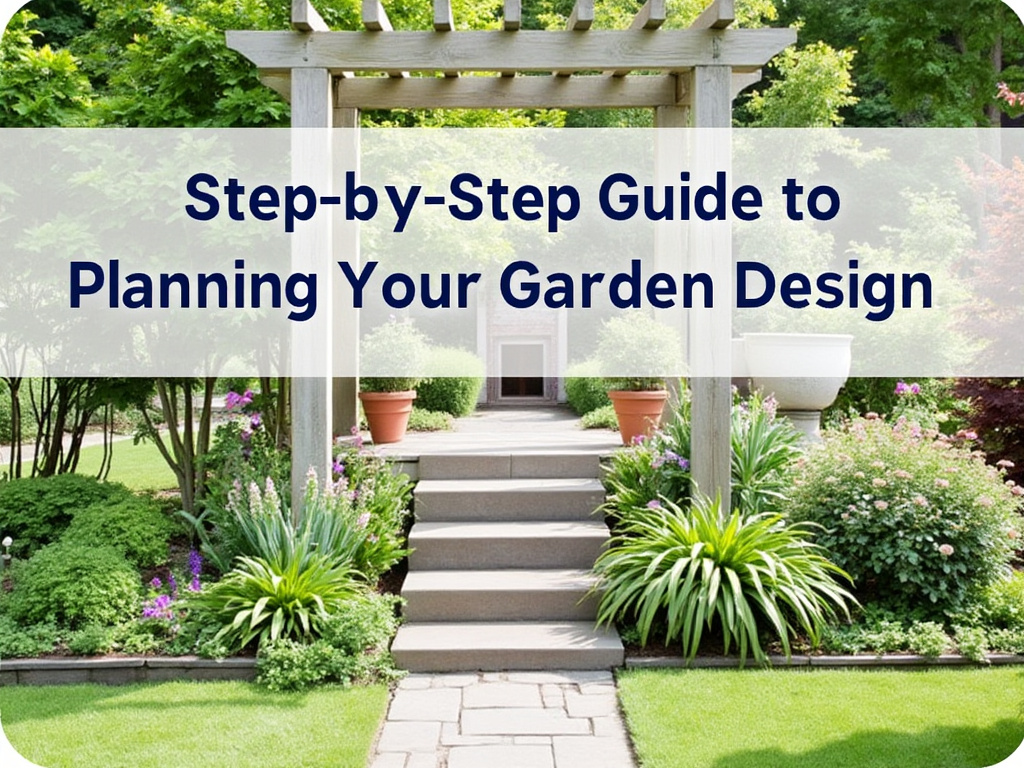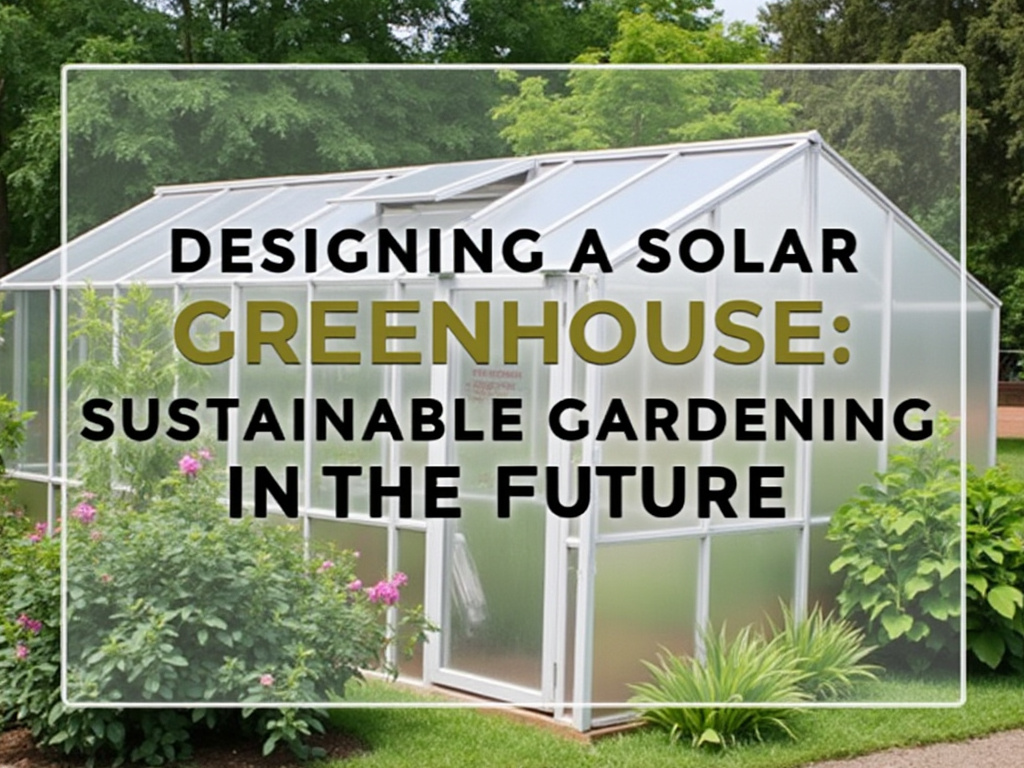Building a Garden Greenhouse: Tips for Year-Round Growing

If you’re a gardening enthusiast, you know how seasonal changes can affect your ability to grow plants year-round. Building a greenhouse is an excellent way to extend your growing season, protect your plants from harsh weather, and create an ideal environment for various plants. Whether you want to start seedlings, grow herbs, or cultivate exotic plants, a greenhouse can be a game-changer for any gardener. Here’s a comprehensive guide to building a greenhouse and tips for optimizing it for year-round growth.
Table of Contents
- Benefits of a Garden Greenhouse
- Choosing the Right Location
- Deciding on the Type of Greenhouse
- Essential Materials for Your Greenhouse
- Building Your Greenhouse
- Climate Control Inside Your Greenhouse
- Choosing the Right Plants for Year-Round Growth
- Maintaining Your Greenhouse
- Conclusion: Cultivating Your Green Thumb Year-Round
1. Benefits of a Garden Greenhouse
Building a greenhouse offers numerous advantages for gardeners:
- Extended Growing Season: A greenhouse protects plants from frost and extends the growing season, allowing you to plant earlier in spring and harvest later in fall.
- Controlled Environment: You can regulate temperature, humidity, and light, providing optimal conditions for plant growth.
- Protection from Pests and Diseases: A greenhouse acts as a barrier against pests and diseases that can threaten outdoor gardens.
- Diversity of Plants: You can grow a wide variety of plants, including those that may not thrive in your local climate.
Overall, a greenhouse provides a dedicated space for cultivating your gardening passion.
2. Choosing the Right Location
Selecting the ideal location for your greenhouse is crucial for its success. Consider the following factors:
- Sunlight: Choose a spot that receives ample sunlight, ideally 6-8 hours a day. A south-facing location is typically the best.
- Accessibility: Ensure your greenhouse is easily accessible for watering, planting, and harvesting.
- Protection from Wind: Consider natural windbreaks like trees or fences to shield your greenhouse from harsh winds.
- Level Ground: A flat, well-drained area is essential for construction and stability.
Taking the time to find the right location will pay off in the long run.
3. Deciding on the Type of Greenhouse
There are various types of greenhouses to choose from, depending on your budget, space, and needs:
- Freestanding Greenhouses: These are standalone structures that can be built in various shapes and sizes. They offer flexibility in design and placement.
- Lean-To Greenhouses: Attached to an existing structure (like a house or garage), these are space-efficient and utilize existing walls for insulation.
- Hoop Houses: Made from PVC or metal hoops covered with plastic sheeting, hoop houses are an affordable and easy option for seasonal growing.
- Cold Frames: Smaller and lower to the ground, cold frames are great for starting seedlings or protecting young plants from frost.
Consider your gardening goals and available space when selecting the type of greenhouse that best suits your needs.
4. Essential Materials for Your Greenhouse
The materials you choose will impact the durability and effectiveness of your greenhouse. Key components include:
- Frame: Common materials for the frame include wood, aluminum, and galvanized steel. Choose a material that will withstand the weather conditions in your area.
- Glazing: The covering material for the greenhouse can be glass, polycarbonate, or polyethylene film. Each has its benefits:
- Glass: Offers excellent light transmission and durability but can be heavier and more expensive.
- Polycarbonate: Provides good insulation and UV protection while being lightweight and shatter-resistant.
- Polyethylene Film: An economical choice that allows for high light transmission but may need replacing every few years.
- Foundation: A solid foundation is essential for stability. You can use concrete, treated wood, or gravel as a base.
- Ventilation: Include windows or vents for airflow, and consider installing fans or an exhaust system to maintain temperature control.
Gathering the right materials will ensure your greenhouse is sturdy and functional.
5. Building Your Greenhouse
Once you’ve chosen a location and gathered materials, it’s time to build your greenhouse:
- Prepare the Site: Clear the area of debris and level the ground. If using a foundation, dig and lay it accordingly.
- Assemble the Frame: Follow the manufacturer’s instructions or your design plans to construct the frame. Make sure everything is level and securely anchored.
- Install the Glazing: Attach your chosen glazing material to the frame, ensuring a snug fit to prevent leaks.
- Add Doors and Ventilation: Install doors for easy access, and incorporate ventilation openings to regulate temperature and humidity.
- Set Up Shelving and Benches: Inside, create a layout for pots, trays, and tools. Shelving can help maximize space.
Take your time during construction to ensure that everything is built correctly and safely.
6. Climate Control Inside Your Greenhouse
Maintaining an ideal climate is crucial for plant health. Consider the following strategies for climate control:
- Heating: Depending on your climate, you may need a heating system (like electric heaters or gas heaters) to keep plants warm during colder months.
- Cooling: Install fans or vents to allow hot air to escape and keep your greenhouse cool in summer. Shade cloth can also help reduce heat buildup.
- Humidity Control: Use hygrometers to monitor humidity levels. Misting systems or humidity trays can help increase moisture levels when needed.
- Thermometers: Regularly check temperature readings to ensure they stay within optimal ranges for your plants.
By managing these factors, you can create an environment conducive to year-round growing.
7. Choosing the Right Plants for Year-Round Growth
With a greenhouse, you have the freedom to grow a wide variety of plants throughout the year. Here are some popular choices:
- Herbs: Basil, thyme, rosemary, and parsley thrive in greenhouses and can be harvested fresh year-round.
- Vegetables: Tomatoes, cucumbers, peppers, and lettuce can be grown in a controlled environment, allowing for multiple harvests.
- Flowers: Annuals like petunias and perennials such as geraniums and daisies add color and beauty throughout the seasons.
- Tropical Plants: If you love exotic plants, consider growing orchids, ferns, and other tropical varieties that require warmer temperatures.
Selecting plants suited for your climate and greenhouse conditions will help ensure successful growing year-round.
8. Maintaining Your Greenhouse
Proper maintenance is essential for the longevity and effectiveness of your greenhouse:
- Regular Cleaning: Keep the glazing clean to maximize light penetration. Use a gentle cleaner to avoid damaging the surface.
- Inspect for Damage: Regularly check for leaks, cracks, or signs of wear, and make necessary repairs promptly.
- Pest Control: Monitor for pests and diseases. Use organic pest control methods to keep plants healthy.
- Rotate Crops: Practice crop rotation to maintain soil health and prevent nutrient depletion.
- Seasonal Adjustments: As the seasons change, adjust your heating, cooling, and watering practices accordingly.
Consistent maintenance will keep your greenhouse in top shape, ensuring successful year-round growing.
9. Conclusion: Cultivating Your Green Thumb Year-Round
Building a garden greenhouse is an investment in your gardening journey, allowing you to cultivate plants year-round and explore new varieties. By understanding the benefits, choosing the right location, and incorporating essential elements, you can create a thriving space for your plants.
Whether you dream of growing fresh herbs for your kitchen, nurturing vibrant flowers, or experimenting with exotic plants, a greenhouse can bring your gardening aspirations to life. With dedication, care, and the right strategies, you’ll enjoy a flourishing garden that brings beauty and bounty to your home throughout the year. So roll up your sleeves, gather your materials, and get started on your greenhouse project today!

Step-by-Step Guide to Planning Your Garden Design
- Designing a garden can be a fulfilling and creative process, allowing you to transform outdoor spaces into a beautiful, relaxing sanctuary that fits your style and needs.

The Ultimate Guide to Vegetable Garden Layouts for Maximum Harvest
- Creating a vegetable garden that yields a bountiful harvest starts with a well-planned layout.

10 Easy DIY Garden Projects to Spruce Up Your Backyard
- A beautiful backyard can be a sanctuary, a place to unwind and connect with nature. You don’t need to break the bank to transform your outdoor space into a personal paradise.

Designing a Solar Greenhouse: Sustainable Gardening for the Future
- As the push for eco-friendly practices grows, many gardeners and farmers are turning to solar greenhouses as a sustainable solution.